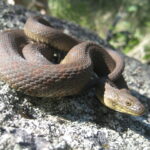
National Serpent Day: An Overview of our Expertise
February 1, 2024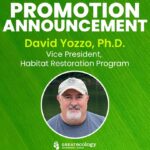
Dr. Yozzo Promoted!
February 7, 2024
National Serpent Day: An Overview of our Expertise
February 1, 2024
Dr. Yozzo Promoted!
February 7, 2024Blog & News
February 2nd, 2024
World Wetlands Day: Wetlands & Human Well-being
Author: Jess Druze
World Wetlands Day is an opportunity to reflect on and celebrate the many benefits that wetlands bring to humans and wildlife. While wetlands take up only about six percent of the earth’s land surface, these ecosystems are disproportionately important ecologically. You may be familiar with ecosystem services wetlands provide, such as supporting clean drinking water, flood and storm damage protection, and fishing, but wetlands could not offer these services without the diversity of life that utilizes them.
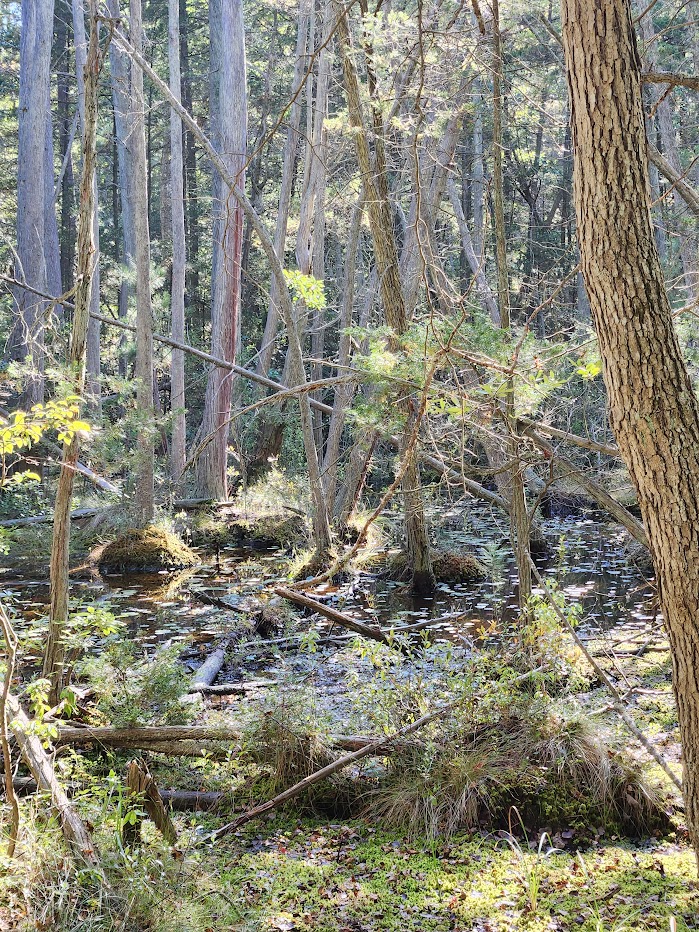
Atlantic White Cedar
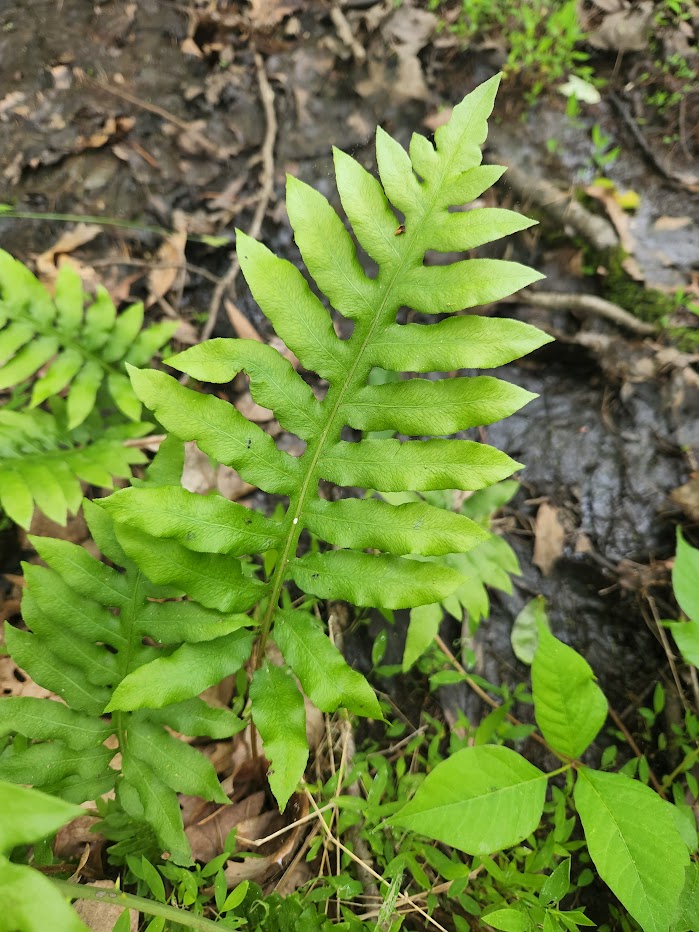
Sensitive Fern
So why do wetlands have more biodiversity than other habitats? One reason is that wetlands can support both terrestrial and aquatic biota (life) and these communities are intimately connected. Animals that you might not typically associate with wetlands may utilize wetlands for feeding on organisms produced in wetlands, like white-tailed deer (Odocoileus virginianus) or raccoons (Procyon lotor) sometimes visit wetlands to forage for plants and animals that live in wetlands. Herbivory by white-tailed deer can influence the vegetation dynamics of wetland areas bordering forest edges. Some wildlife species may spend their entire lives in wetlands, such as, American bullfrog (Lithobates catesbeianus) and beavers (Castor canadensis), -and others use wetlands primarily for reproduction like the gray tree frog (Dryophytes versicolor). The diversity of organisms that utilize wetlands, regardless of the amount of time they spend in them, contribute to the food web and overall wetland ecosystem functionality.
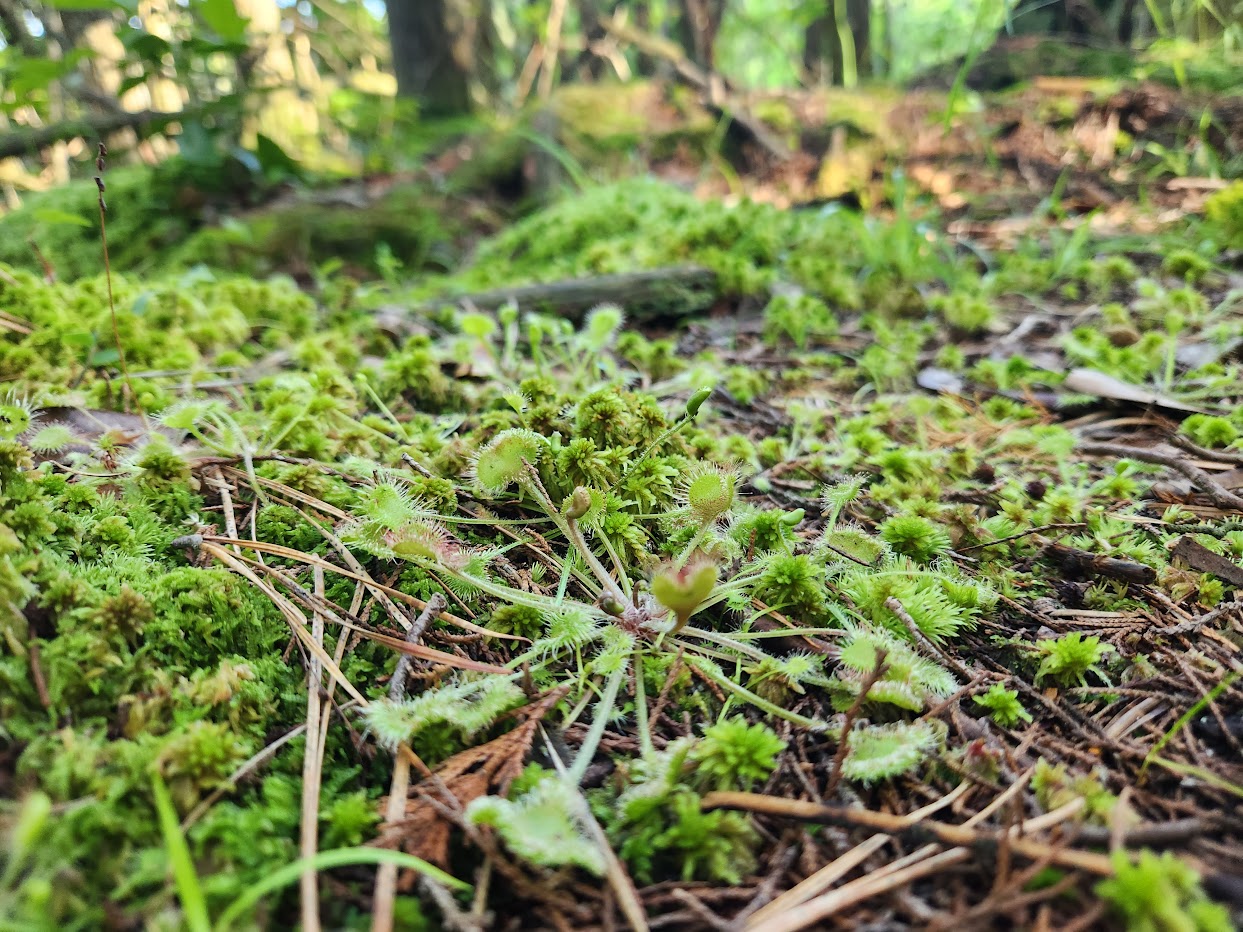
Sundew & Sphagnum
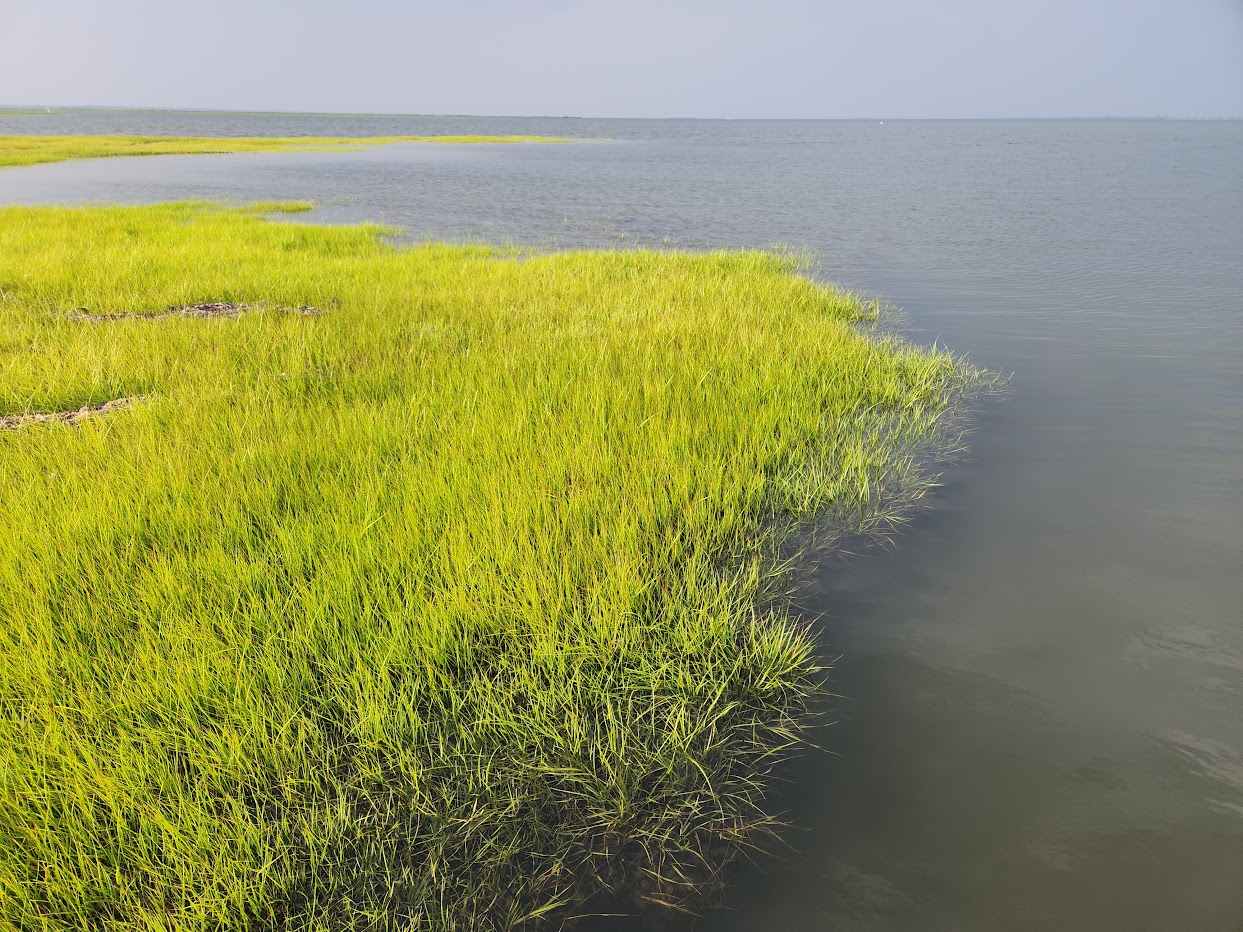
Salt Marsh
As an avian specialist based in New Jersey, I often flock to wetlands to view the diversity of birds that inhabit them. Wetlands provide important stopover points for migratory birds to refuel on their migration path through the Atlantic Flyway. For example, wetlands of the New Jersey and New York coastlines are critical stopover points for snow geese (Anser caerulescens) and rufa red knots (Calidris canutus rufa). Coastal and freshwater wetlands serve as habitat for rare and secretive marsh birds including the eastern black rail (Laterallus jamaicensis jamaicansis), American bittern (Botaurus lentiginosus), and clapper rail (Rallus crepitans). These birds are threatened by sprawling coastal development that destroy their habitats. World Wetlands Day reminds us how important it is to protect and restore wetlands.
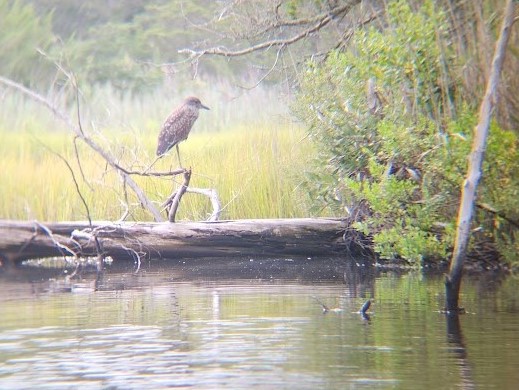
Yellow Crowned Night Heron
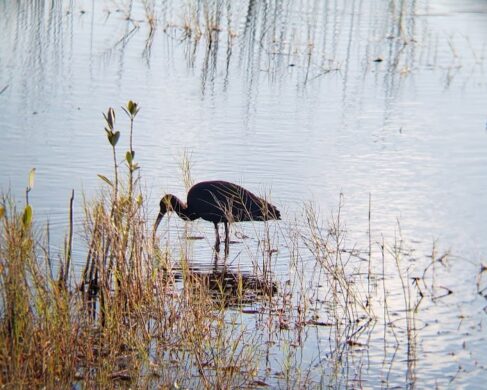
Glossy Ibis
It is important to consider the diversity of wildlife that use wetlands as habitat in any project area to avoid adverse effects to their populations and incorporate the appropriate design elements and implementation methods when restoring an area. Great Ecology provides rare, threatened, or endangered species assessment services and ecological design and restoration services for wetland ecosystem projects.
The focus of our Bayswater Point State Park Living Shoreline project with New York State Office of Parks, Recreation & Historic Preservation and Jamaica Bay Rockaway Park Conservancy is to create long-term shoreline resilience and restore a mosaic of wildlife habitat across the project site. The 17-acre park is situated in the Jamaica Bay, about 15 miles south of Manhattan and provides habitat for a variety of estuarine and terrestrial wildlife, potentially including rare birds like the piping plover (Charadrius melodus) and rufa red knot. It contains tidal wetlands, intertidal flats, freshwater wetlands, and one of the few remaining parcels of coastal/maritime forest in New York City. Great Ecology is providing wetland delineation, natural resource inventories, ecological design guidance, environmental permitting, and eventually construction oversight services for the construction of this living shoreline.
Other wetland projects we have worked on include: Del Mar Fairgrounds Constructed Wetlands, Hunters Point South, and Hell's Kitchen Lithium Production & Clean Power Project. Visit our Projects page to learn more about these projects, as well as other projects we’ve worked on that include a wetlands component.
